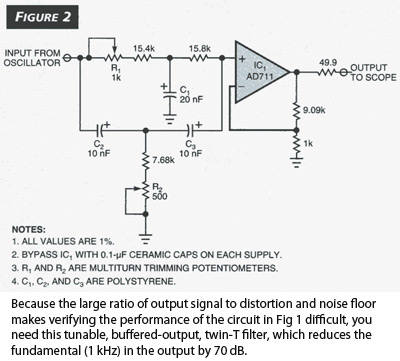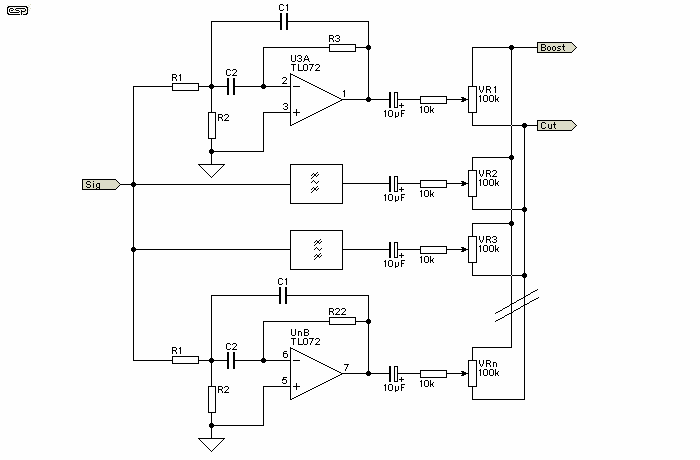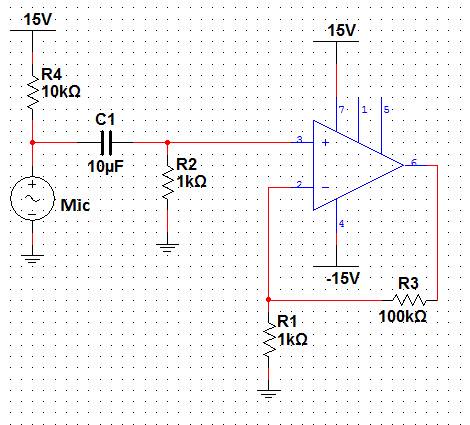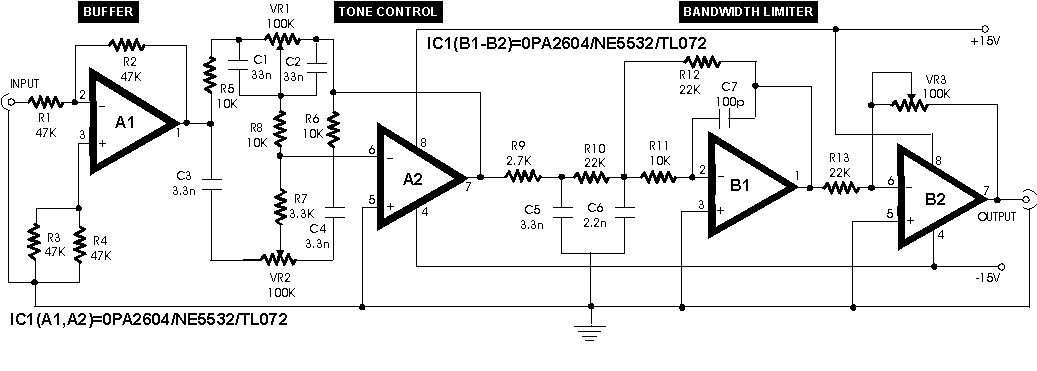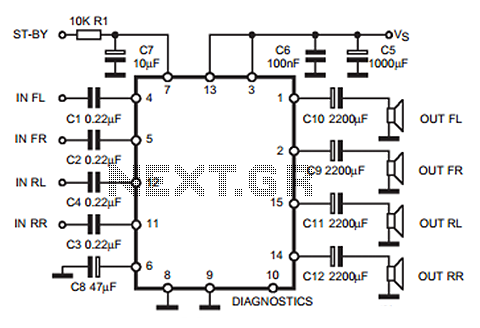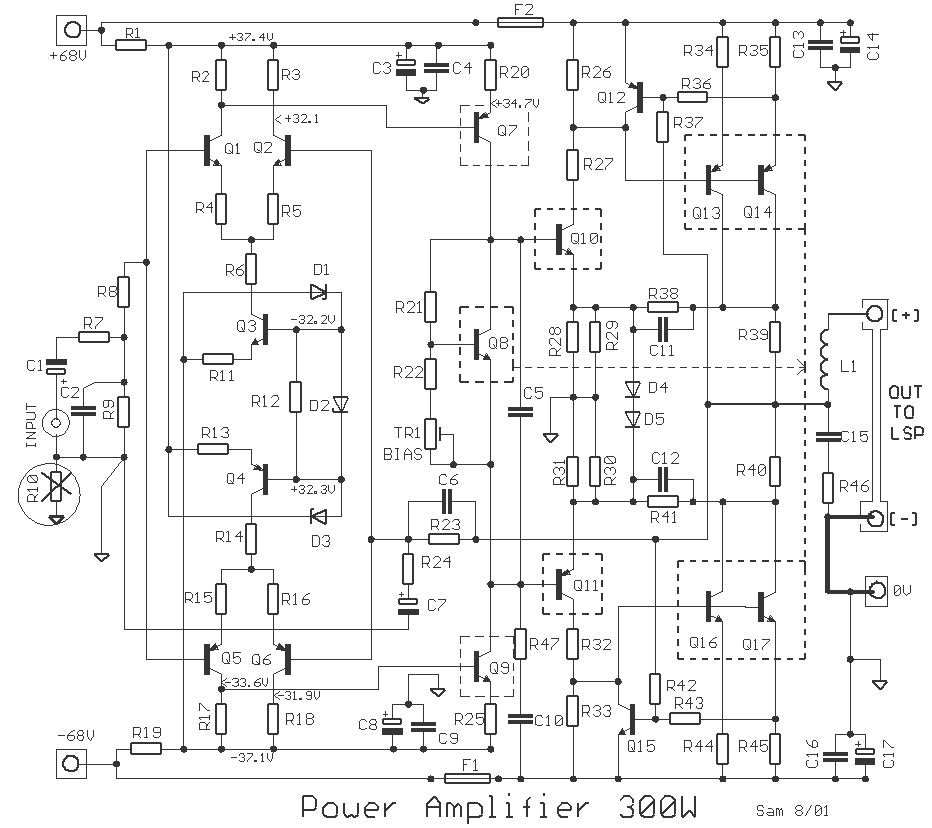
VU And PPM Audio Metering
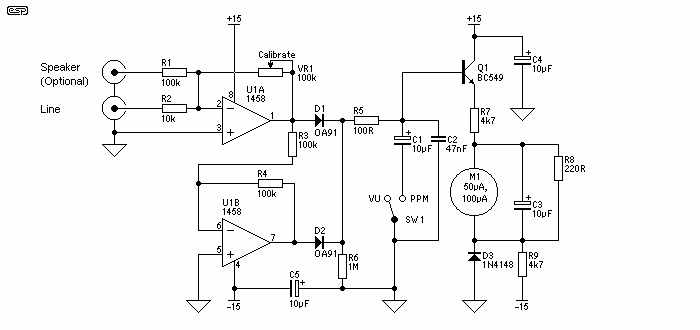
VU (Volume Unit) meters used to be the mainstay of audio metering systems, but they have been replaced by LED metering in a great many mixers and other applications. Even in software, the most common level meter is made to look like an LED meter. The Peak Programme Meter (PPM) was originally developed by the BBC to overcome the shortcomings of the VU meter, which is notoriously bad at showing the peak signal level. The VU meter is average reading, and the ballistics are important if an accurate reading is to be obtained.
VU meters, historically significant in audio engineering, function by providing a visual representation of audio signal levels. The core principle of a VU meter involves the use of a moving coil meter that averages the audio signal over time, typically responding to RMS (Root Mean Square) values. This characteristic makes VU meters particularly effective for monitoring the overall loudness of audio signals rather than transient peaks.
In contrast, Peak Programme Meters (PPMs) utilize a different approach to overcome the limitations of VU meters. PPMs are designed to respond more quickly to transient peaks in audio signals, providing a more accurate representation of peak levels. This is crucial in professional audio environments where signal clipping can occur if the levels exceed a certain threshold. The ballistics of a PPM are typically faster than those of a VU meter, with a response time that allows for the detection of short-duration peaks, which is essential for maintaining audio fidelity during mixing and broadcasting.
The transition from VU meters to LED metering systems has been influenced by several factors. LED meters offer greater visibility and can be designed to provide a more immediate visual feedback of audio levels. Additionally, LED meters can be more compact and versatile, allowing them to be integrated into various audio equipment, from mixers to software applications. The aesthetic appeal of LED meters also contributes to their popularity in modern audio systems.
In summary, while VU meters played a crucial role in the development of audio metering, advancements in technology and the need for precision in audio signal management have led to the adoption of more responsive and visually effective metering solutions like PPMs and LED meters.VU (Volume Unit) meters used to be the mainstay of audio metering systems, but they have been replaced by LED metering in a great many mixers and other applications. Even in software, the most common level meter is made to look like an LED meter. The Peak Programme Meter (PPM) was originally developed by the BBC to overcome the shortcomings of the VU meter, which is notoriously bad at showing the peak signal level.
The VU meter is average reading, and the ballistics are important if an accurate reading is to be obtained. 🔗 External reference
VU meters, historically significant in audio engineering, function by providing a visual representation of audio signal levels. The core principle of a VU meter involves the use of a moving coil meter that averages the audio signal over time, typically responding to RMS (Root Mean Square) values. This characteristic makes VU meters particularly effective for monitoring the overall loudness of audio signals rather than transient peaks.
In contrast, Peak Programme Meters (PPMs) utilize a different approach to overcome the limitations of VU meters. PPMs are designed to respond more quickly to transient peaks in audio signals, providing a more accurate representation of peak levels. This is crucial in professional audio environments where signal clipping can occur if the levels exceed a certain threshold. The ballistics of a PPM are typically faster than those of a VU meter, with a response time that allows for the detection of short-duration peaks, which is essential for maintaining audio fidelity during mixing and broadcasting.
The transition from VU meters to LED metering systems has been influenced by several factors. LED meters offer greater visibility and can be designed to provide a more immediate visual feedback of audio levels. Additionally, LED meters can be more compact and versatile, allowing them to be integrated into various audio equipment, from mixers to software applications. The aesthetic appeal of LED meters also contributes to their popularity in modern audio systems.
In summary, while VU meters played a crucial role in the development of audio metering, advancements in technology and the need for precision in audio signal management have led to the adoption of more responsive and visually effective metering solutions like PPMs and LED meters.VU (Volume Unit) meters used to be the mainstay of audio metering systems, but they have been replaced by LED metering in a great many mixers and other applications. Even in software, the most common level meter is made to look like an LED meter. The Peak Programme Meter (PPM) was originally developed by the BBC to overcome the shortcomings of the VU meter, which is notoriously bad at showing the peak signal level.
The VU meter is average reading, and the ballistics are important if an accurate reading is to be obtained. 🔗 External reference
